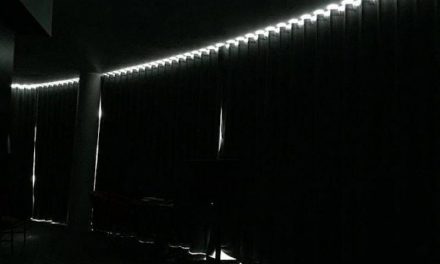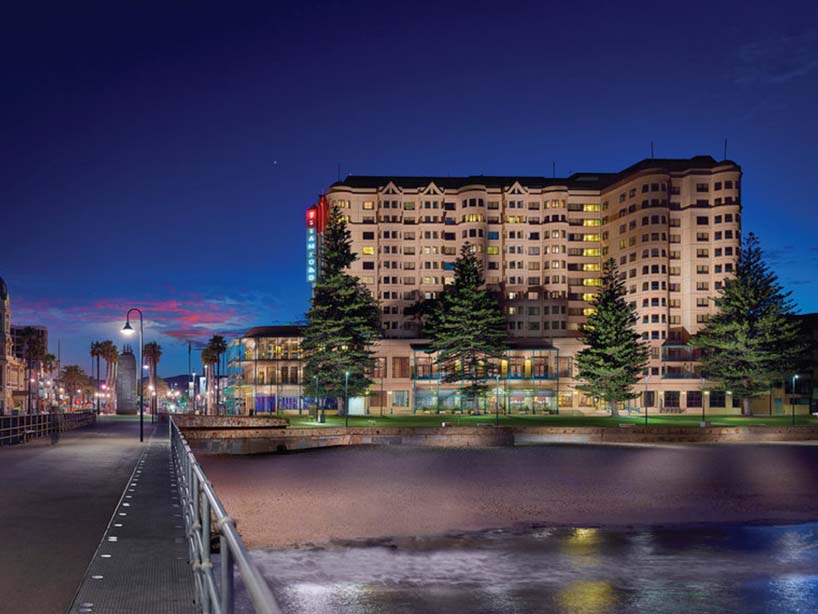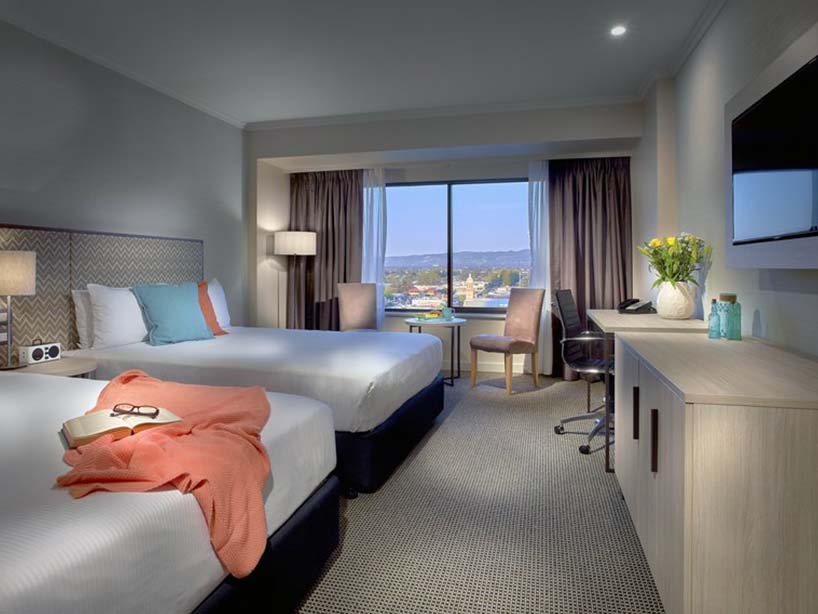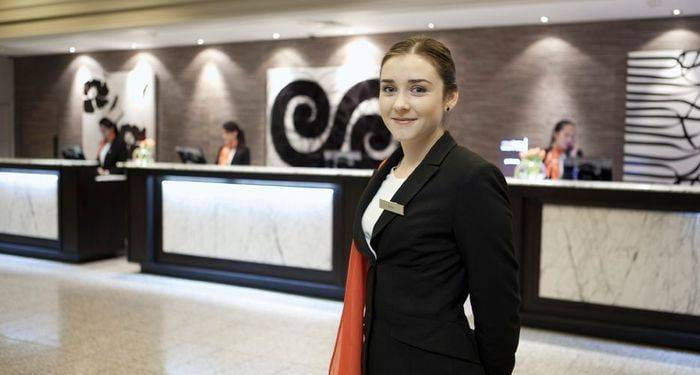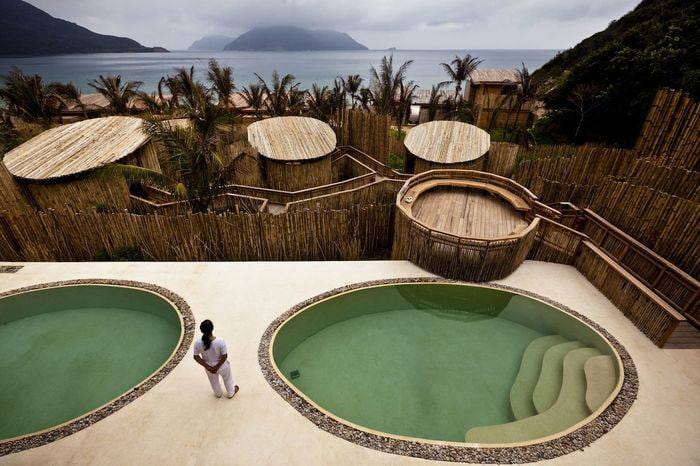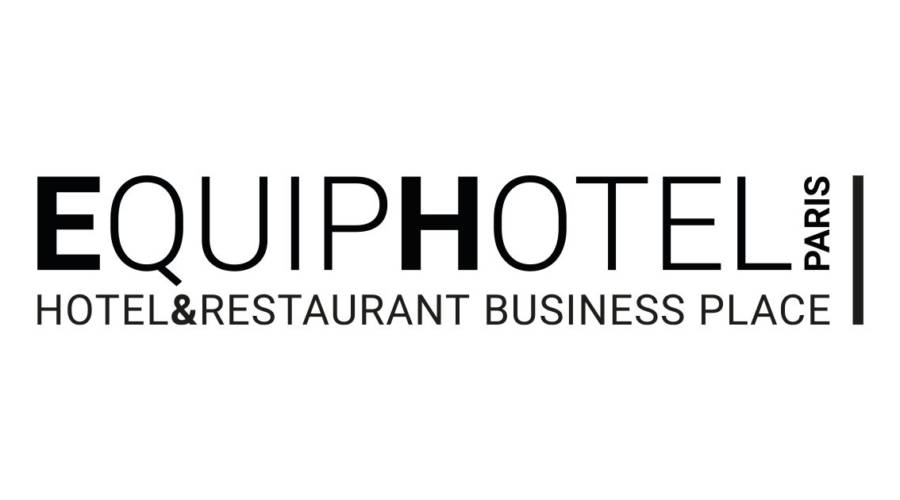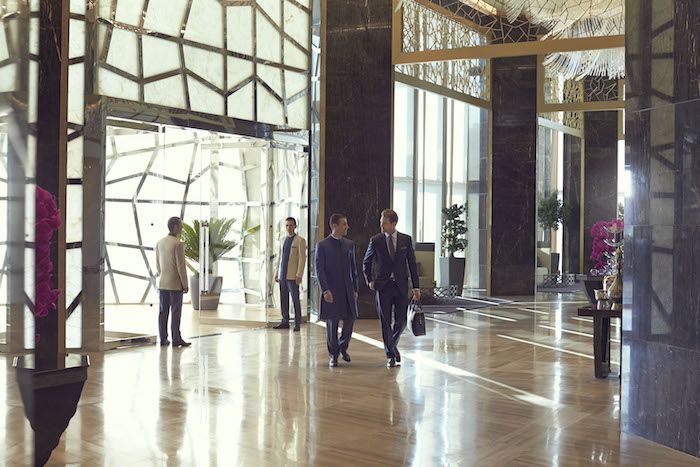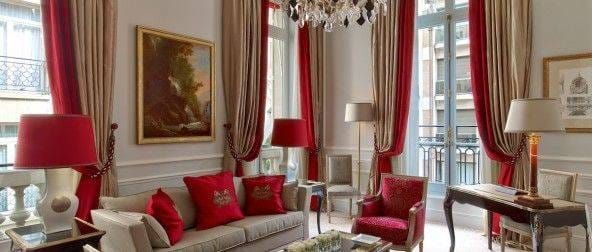I attended the 2017 edition of the ILTM Conference in Cannes, where I had the occasion to discover some extraordinary hotel brands. Luxury hotel brands often play a fine gamble between maintaining a core brand identity through a historically iconic collection while seeking to reinterpret and translate that identity into new locations around the world. One excellent example of a global luxury resort brand that has done this with great success is Worldhotels.
First founded 45 years ago, Worldhotels encompasses a handpicked collection of 350 independent upscale and luxury hotels around the world, each with their own unique art of welcoming. Some notable examples of hotels in their collection include:
- Amatara Wellness Resort in Phuket, Thailand
- Amilla Fushi in the Maldives
- Grand Ferdinand in Vienna, Austria
- Lotte Hotel in Seoul, South Korea
I was curious to learn more about what each of these varied hotels shared in common. Below you will find my interview on the subject with Markus Mueller, Vice President of Global Marketing at Worldhotels.
How do you define the art of welcoming at Worldhotels?
We’re dealing with independent hotels, and it’s about these unique moments and experiences. The arrival is a key part of the entire experience. You have only one chance to make a first impression, and that holds true to the hotel experience. Our hotels focus on the fact that they’re a part of the local community and the region they’re in, so the arrival experience embraces elements of that. For instance, if you’re checking in downtown Manhattan, you should be embracing the city and whatever kind of authenticity is part of it. If you’re checking into a resort, it’s all about the landscape, etc. It depends on the positioning of the hotel. For our hotels, because they’re all different, it all starts with their purpose: why they’ve been built, the reason why you would check into that hotel, and what kind of experience you want to convey. Aligned to that experience, the arrival experience can be very different. That’s the beauty of independent hotels. There’s nothing really in common, so we embrace the individual uniqueness of that hotel.
How do you select your mix of 4-star and 5-star hotels?
We select them based on the value we can add for the hotels. We are traditionally very strong in corporate travel. Every hotel that has a need for corporate travel in a 4- or 5-star category is an interesting hotel for us. We do that also for leisure by adding on more services, but traditionally, if there is a need for corporate and meeting spaces, then that’s also a hotel we can be serving.
We have three collections. We’re just launching a new one, which is a Luxury collection. We have an Elite, which is second-tier. This is new. We have a third tier, which is Distinctive. The way we categorize these hotels is according to 4 different elements. We look first at their price point in the market compared to other hotels. There are independent agencies and providers that help us with doing this, such as STR. We look at how expensively a product is priced compared to other experiences in the region. For example, if you’re a luxury product, usually luxury suggests expensive, so you should be one of the more expensive experiences in the town.
The second area we look at is customer feedback. The price-value proposition needs to be in line. If you’re overpriced, the customer will tell you; they will tell you that it doesn’t make any sense and then rate you badly on the experience. There are a couple of independent advisors; we can use TripAdvisor or any hotelier platform. We have chosen to use TrustYou, which provides aggregating from various sources, and we look at the score, and each collection has to have a minimum benchmark on those scores.
The third element that we look at is independent audits, also via third parties, where we focus on condition and cleanliness. We have a hygiene standard. It has to be clean, and the condition has to be ok. We have to have minimum thresholds for our collections.
The fourth element is the number of facilities and services provided. If you’re a hotel that doesn’t have a restaurant or a gym, you’re not going to make it to our lead collection. You need to have certain kinds of facilities and service features in order to make it into those categories.
We take these four elements and determine whether the hotel belongs in our Luxury collection, the Elite collection, or the Distinctive collection.
Because we’re dealing with independent hotels, we’re not taking specific experiences as part of the classification. It could be a themed experience, such as around the family, etc. Travel is usually location-driven, not necessarily demographically driven. If you’re going with your wife, your friends, or your kids, it’s a very different occasion. You might be choosing a very different hotel based on the location. Hotels are usually geared toward numerous sorts of occasions depending on where they are and what they offer in terms of facilities. We can get into that in order to classify them and that’s how we can market them; we can say it’s great for birthdays, family occasions, or romantic getaways. But that’s not how we can classify the quality level of the hotels. We wanted to get away from all those kinds of positioning and experience purposes and just have some elements that are universal and the same: cleanliness, condition, price point, and facility offerings. It’s really an objective way of classifying them.
Worldhotels – Stamford – Room
Known for his international expertise on luxury hotels through his magazine, Laurent Delporte shares his vision and experiences in the world of hotels on his site DELPORTE Hospitality. He decodes the behind-the-scenes action in the sector: from food and beverage facilities, accommodations, architecture, to the quality of services. He offers interviews, advice, and articles as pragmatic resources that industry professionals and private individuals can refer to in their search for information.


 HOME
HOME

